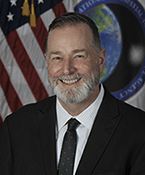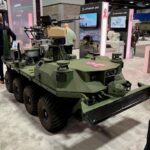
ST. LOUIS—A unit within the National Geospatial-Intelligence Agency (NGA) has begun an effort to develop an immersive environment that will start with integrating its various databases to create a digital model capability that ultimately leads to a simulated environment where planners and warfighters see no gap in the transitions among planning, training and operations in all domains, an agency official said. The Foundation Digital Twin will automate and integrate foundational geospatial data “to provide consumers with an immersive digital experience”…

 By
By 











